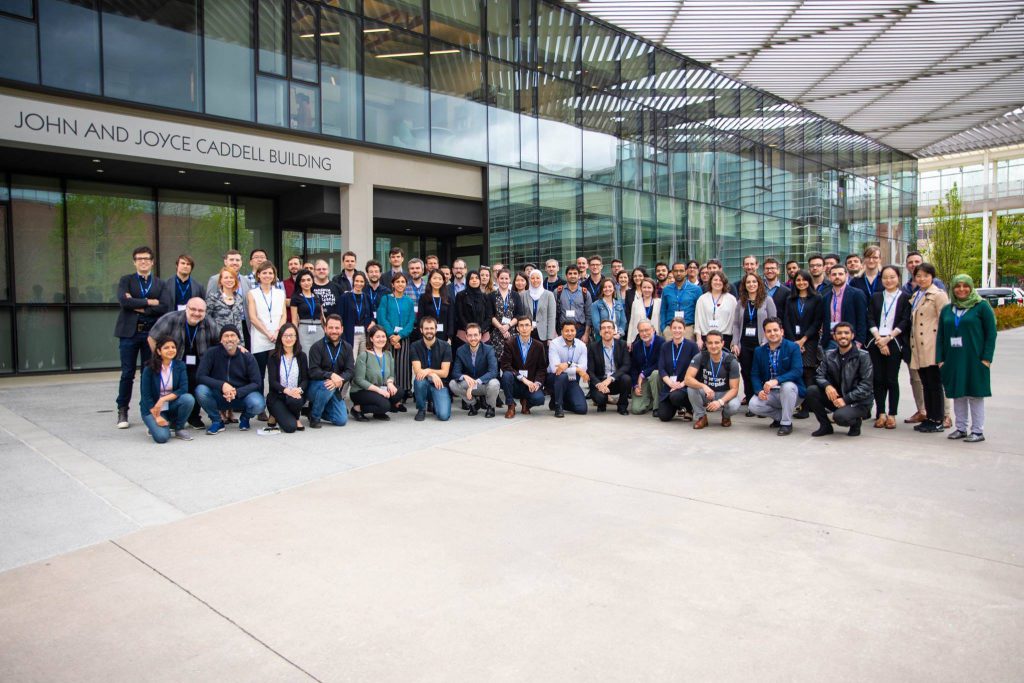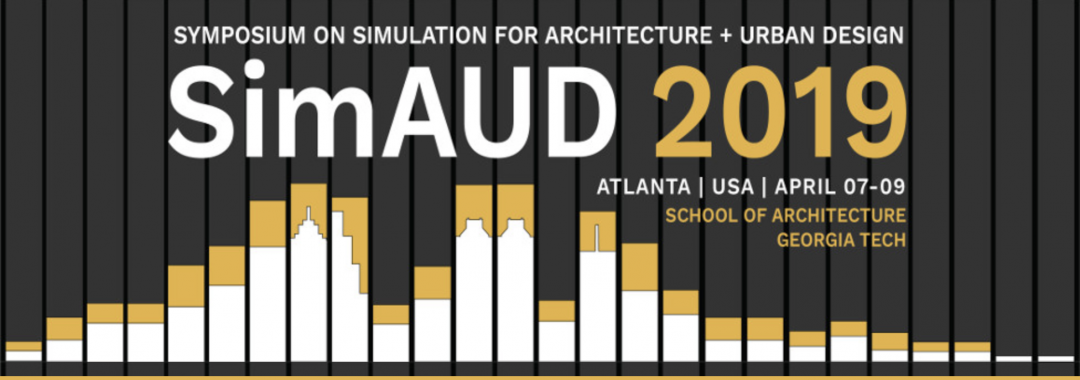EDSL USA at SimAUD 2019
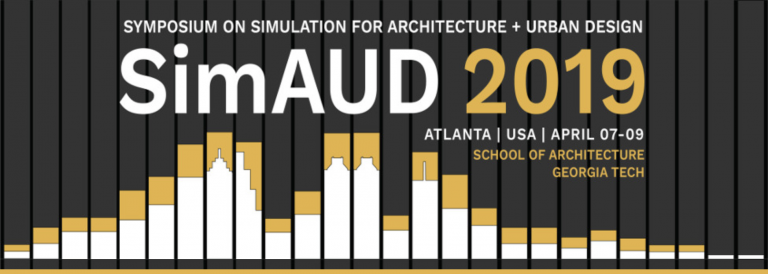
This was EDSL’s first SimAUD event.
“Working with professionals, researchers, and students in the fields of architecture, engineering, and sustainability sends a strong message about the power and effectiveness of transdisciplinary collaboration, analysis, and simulation.” said Michael Sawford, Vice President of EDSL USA.
Here are a few items we found of particular interest:
- Interoperability remains a sticking point in transdisciplinary collaboration workflows. One of EDSL’s objectives is to minimize barriers across tools and support informational continuity. Each discipline can work with their best-suited applications while also being able to communicate upstream and downstream with their peers. To this end, Tas software supports two-way interoperability with EnergyPlus -based tools, and the ability to import eQuest model data.
- Parametric optimization is always a popular topic at research conferences, and Tas currently supports LBNL’s GenOpt tool for multiobjective optimizations. Thanks to the conference presentations and feedback, we are now researching additional optimization algorithms for enhanced flexibility.
- A number of presentations focused on reducing simulation times through model abstraction and reducing the number of simulations required. Tas software can deliver results more quickly thanks to its own fast and robust simulation engine, allowing users to explore the same size design space more quickly, or a larger design space in the same amount of time. Coupled with the strategies presented could lead to even quicker results.
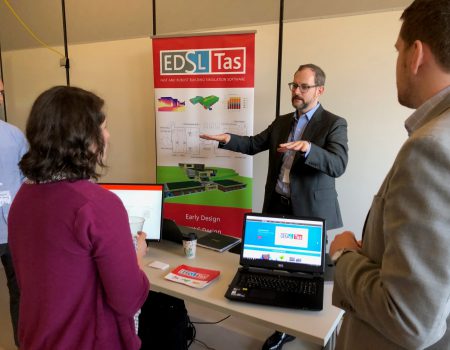
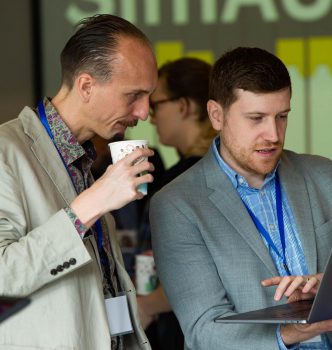
TasGenOpt – Parametric Multi-objective Optimisation analysis in Tas (below: 23 simulations in 7 minutes):
EDSL's Tas software at Georgia Tech
Georgia Tech was an ideal venue for SimAUD, thanks in particular to their innovative school of architecture led by Scott Marble. Dr Dennis Shelden, head of the Digital Building Lab, gave a thoughtful overview of simulation and technology’s trajectory through the past thirty years, and Dr Fried Augenbroe wowed us with an inspirational collection of his reflections about building simulation and its effectiveness.
We are especially proud that EDSL’s Tas software is being taught in Dr Augenbroe’s High Performance Building Lab, and are working with the Lab on the Living Building Challenge certification for the new Kendeda Building for Innovative Sustainable Design.
